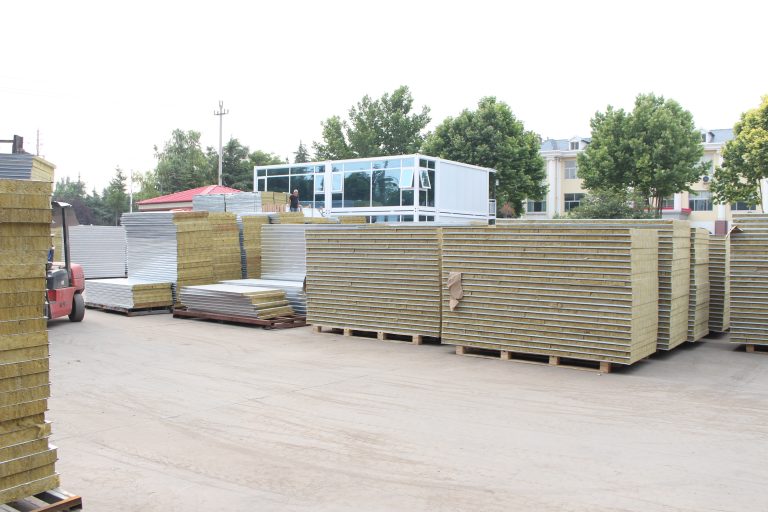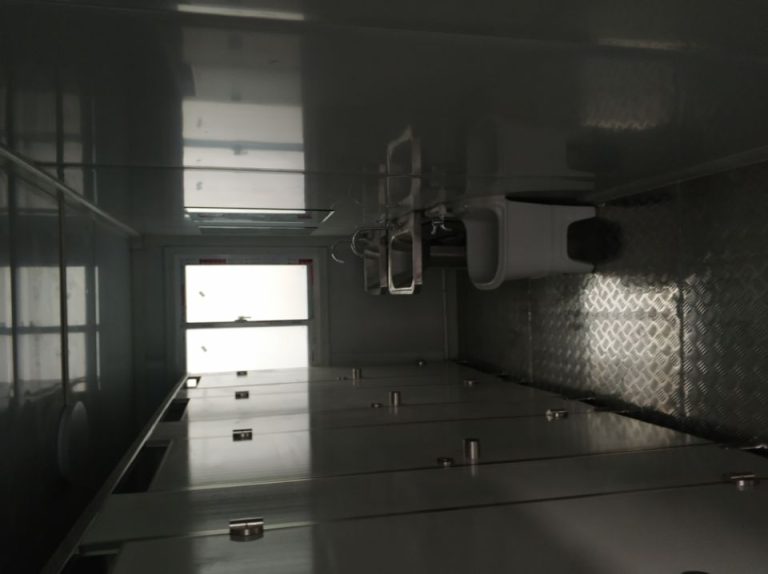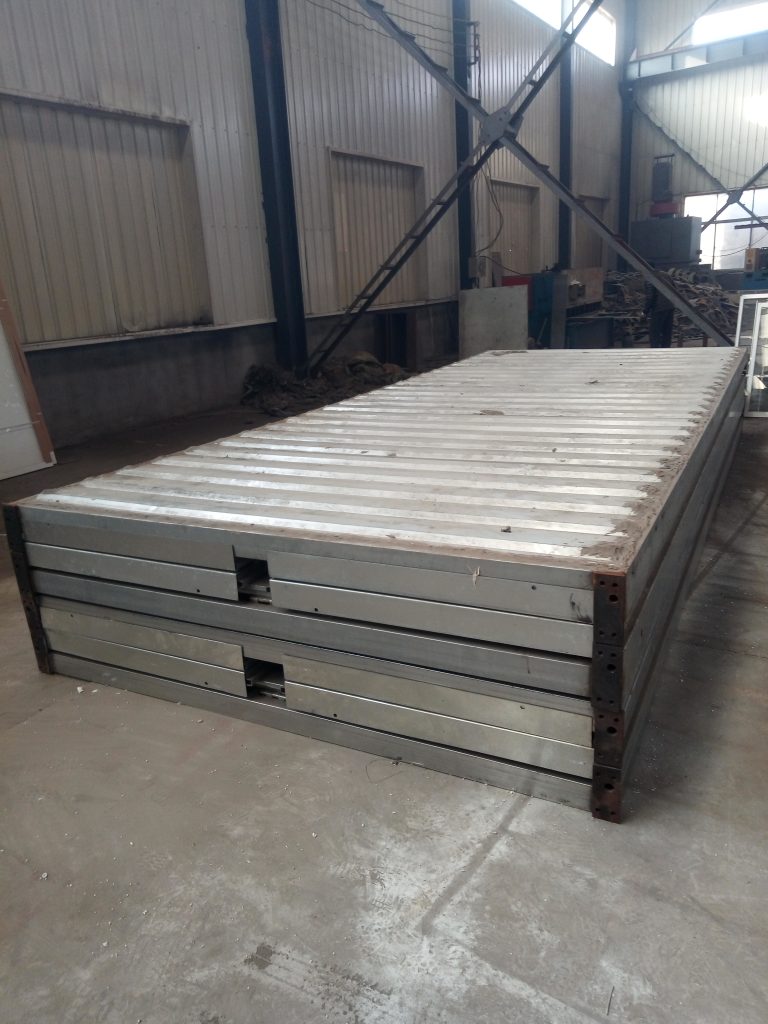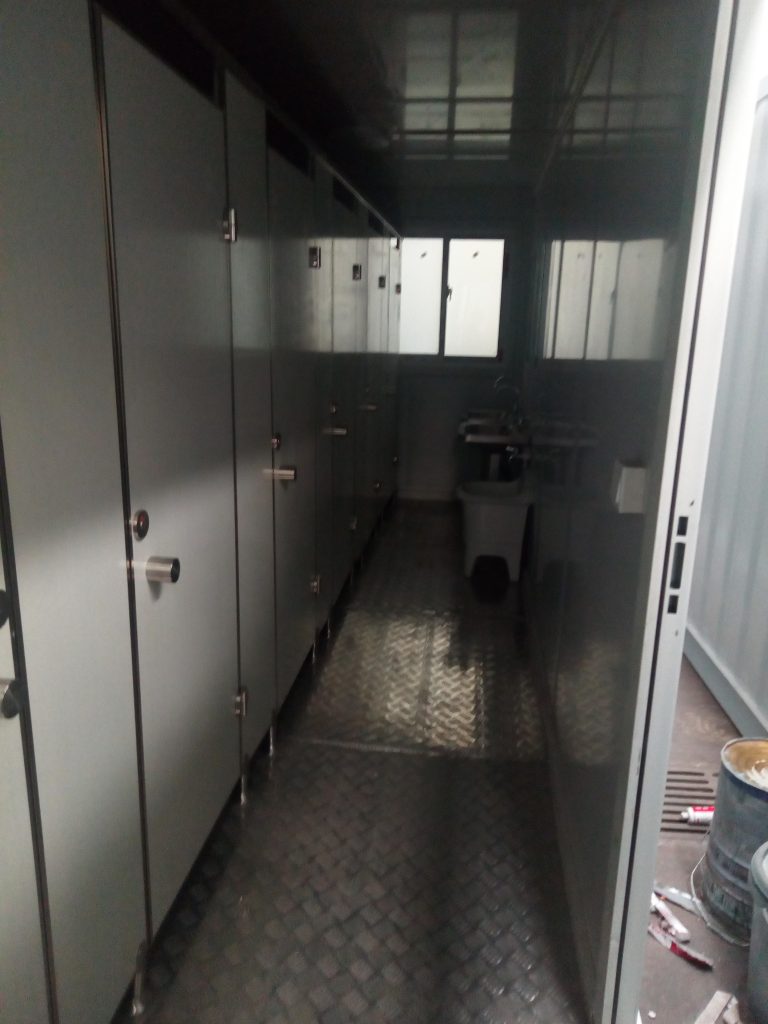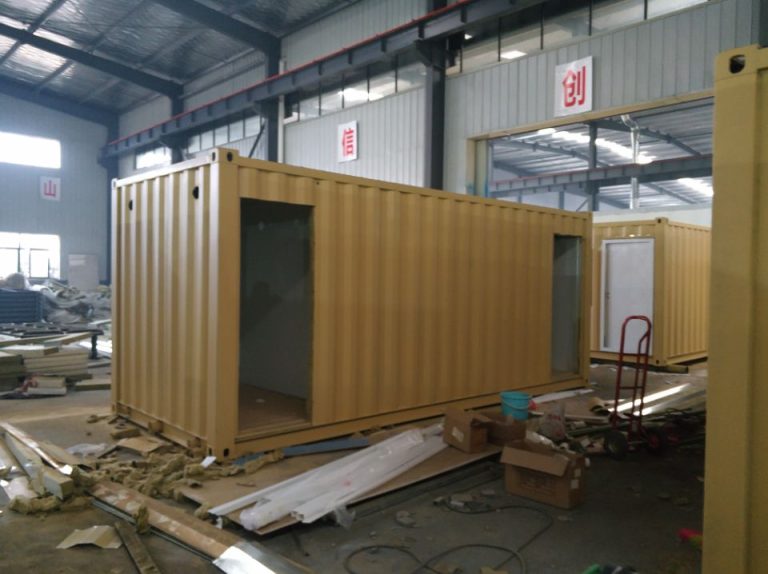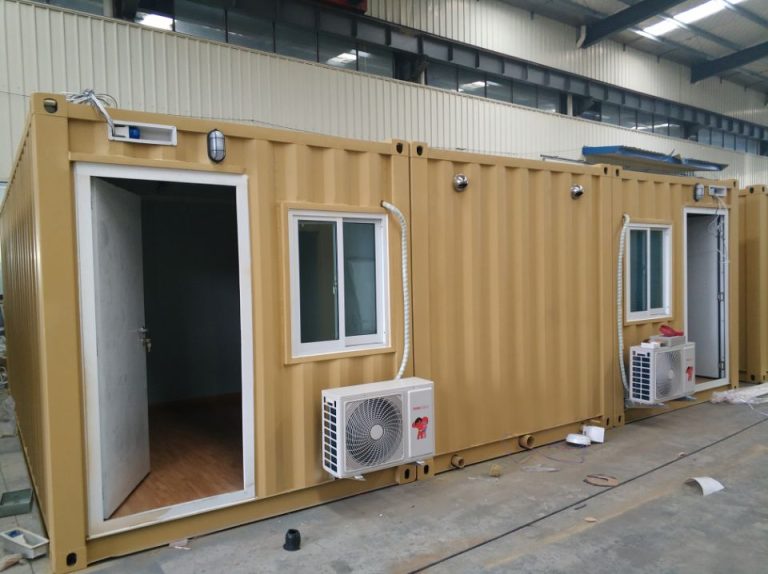Guidelines for the application of interior environment design in box houses
Table of Contents
Benefits of Incorporating Natural Elements in Box House Interior Design
Box houses, also known as modular or container homes, have gained popularity in recent years due to their affordability, sustainability, and versatility. While these homes may have a simple and minimalist exterior, the interior design plays a crucial role in creating a comfortable and inviting living space. One key aspect of interior environment design in box houses is the incorporation of natural elements.
Natural elements such as wood, stone, plants, and natural light can greatly enhance the aesthetic appeal and functionality of a box house. By bringing the outdoors inside, these elements can create a sense of harmony and connection with nature, which is essential for promoting health and well-being.
Wood is a popular choice for interior design in box houses due to its warmth, versatility, and durability. Whether used for flooring, walls, ceilings, or furniture, wood adds a touch of natural beauty and elegance to the space. In addition to its aesthetic appeal, wood also has a calming effect on the mind and body, making it an ideal choice for creating a cozy and inviting atmosphere in a box house.
Stone is another natural element that can be incorporated into box house interior design to add texture, depth, and visual interest. Whether used for countertops, backsplashes, or accent walls, stone can create a sense of luxury and sophistication in a box house. Its natural variations in color and pattern can also help to break up the monotony of the boxy structure, adding visual appeal and character to the space.
Plants are an essential element of interior design in box houses, as they not only add a pop of color and life to the space but also help to purify the air and improve indoor air quality. Whether used as hanging plants, potted plants, or vertical gardens, plants can create a sense of freshness and vitality in a box house. They can also help to soften the hard edges of the structure and create a more welcoming and organic environment.
Natural light is perhaps the most important natural element in box house interior design, as it has a profound impact on the overall look and feel of the space. By maximizing natural light through strategically placed windows, skylights, and glass doors, box houses can feel more spacious, airy, and bright. Natural light can also help to reduce energy consumption, improve mood and productivity, and create a connection with the outdoors.
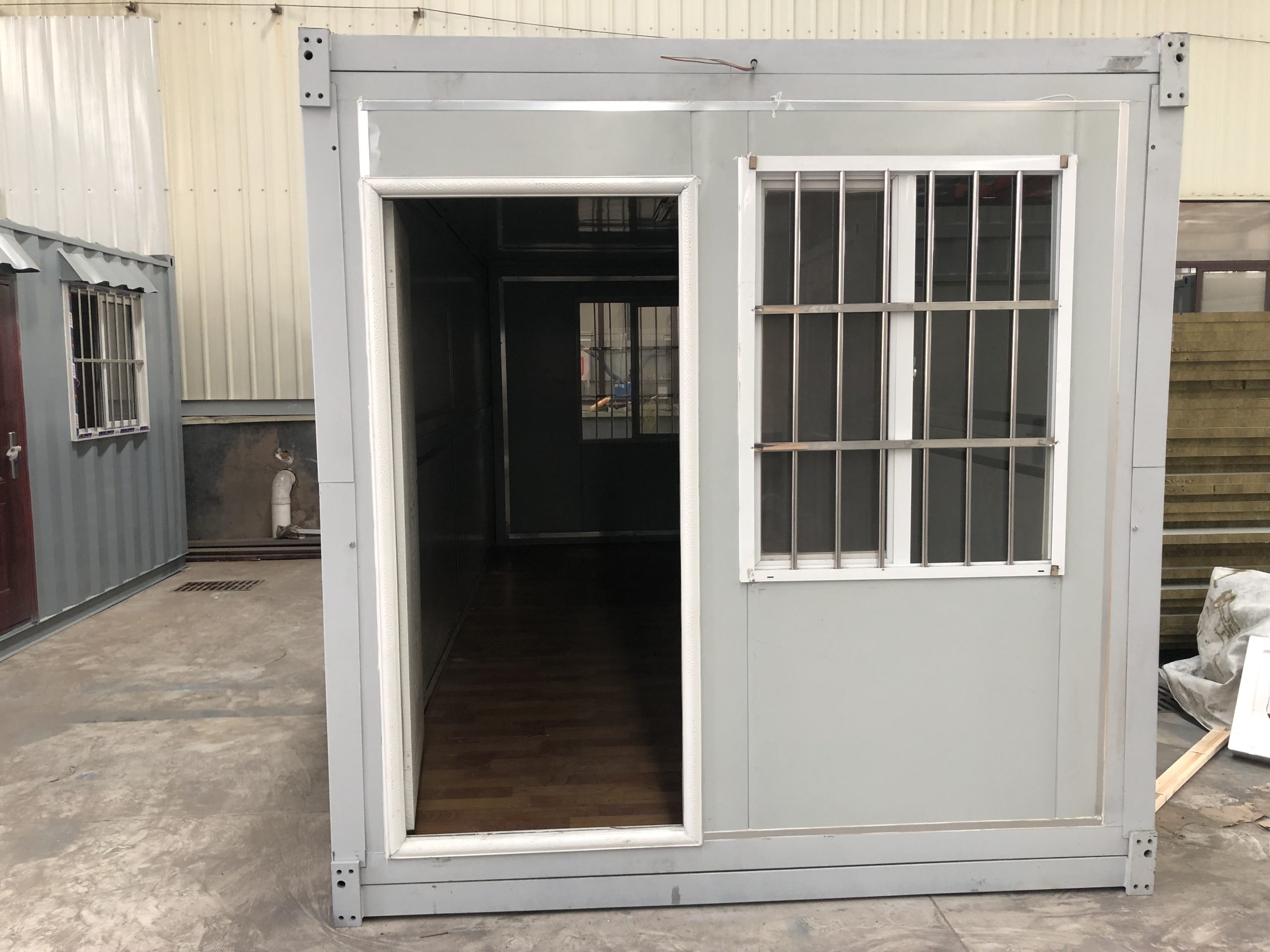
Incorporating natural elements into box house interior design not only enhances the aesthetic appeal of the space but also promotes health, well-being, and sustainability. By bringing the outdoors inside, box houses can create a sense of harmony and balance that is essential for creating a comfortable and inviting living environment. Wood, stone, plants, and natural light are just a few examples of natural elements that can be used to enhance the beauty and functionality of a box house. By following these guidelines for the application of interior environment design in box houses, homeowners can create a space that is not only stylish and modern but also sustainable and healthy.
Maximizing Space Efficiency in Box House Interior Design
Box houses, also known as container homes, have gained popularity in recent years due to their affordability, sustainability, and versatility. These homes are constructed using shipping containers, which are repurposed to create living spaces that are both functional and aesthetically pleasing. When it comes to designing the interior of a box house, maximizing space efficiency is key. In this article, we will discuss guidelines for the application of interior environment design in box houses to help homeowners make the most of their living space.
One of the first things to consider when designing the interior of a box house is the layout. Since these homes are typically smaller in size compared to traditional houses, it is important to make efficient use of every square foot. When planning the layout, consider the flow of the space and how each area will be used. For example, the kitchen, living room, and dining area can be combined into one open-concept space to create a sense of spaciousness.
In addition to the layout, the choice of furniture and decor can also impact the overall design of a box house. Opt for multi-functional furniture pieces, such as a sofa bed or a dining table with storage compartments, to maximize space efficiency. When it comes to decor, choose light colors and minimalist designs to create a sense of openness and airiness. Avoid cluttering the space with unnecessary items, and instead focus on creating a clean and streamlined look.
Another important aspect of interior environment design in box houses is lighting. Since these homes are often made from metal containers, natural light may be limited. To brighten up the space, consider adding skylights or large windows to allow sunlight to filter in. Additionally, use a combination of overhead lighting, task lighting, and accent lighting to create a well-lit and inviting atmosphere.
When it comes to storage solutions, creativity is key in box house interior design. Since space is limited, it is important to make use of every nook and cranny for storage. Consider installing built-in shelves, cabinets, and drawers to keep belongings organized and out of sight. Utilize vertical space by installing wall-mounted shelves or hanging storage solutions. By thinking outside the box, homeowners can maximize storage space in their box houses.
In conclusion, designing the interior of a box house requires careful planning and consideration of space efficiency. By following these guidelines for the application of interior environment design in box houses, homeowners can create a functional and stylish living space that maximizes every square foot. From layout and furniture selection to lighting and storage solutions, every aspect of the design plays a role in creating a comfortable and inviting home. With a little creativity and attention to detail, box houses can be transformed into modern and efficient living spaces that meet the needs of their residents.

